Neuromuscular conditions like cerebral palsy (CP) often cause foot deformities like flat foot, clubfoot, and toe walking. These problems are typically caused by abnormal muscle tone, where the muscle tone is either too low, or the muscle is abnormally contracted.
Though deformities like flat feet are fairly common in children and adults who do not have CP, these conditions tend to have more of an adverse effect on children with CP. Children with CP tend to have muscle stiffness, making it more difficult for them to compensate for foot deformities. This often affects the child’s gait and mobility, so treatment is typically needed to correct the problem.
Dr. Bland specializes in lower extremity surgery for patients with cerebral palsy. He completed fellowship training with recognized cerebral palsy expert Dr. Henry Chambers at Rady Children’s Hospital, and has a special interest in participating in medical mission trips to help children with cerebral palsy. Dr. Bland, along with our team of cerebral palsy specialists, works with the child’s care teams at Johns Hopkins All Children’s to develop a comprehensive treatment plan to address issues related to cerebral palsy, including foot deformities.

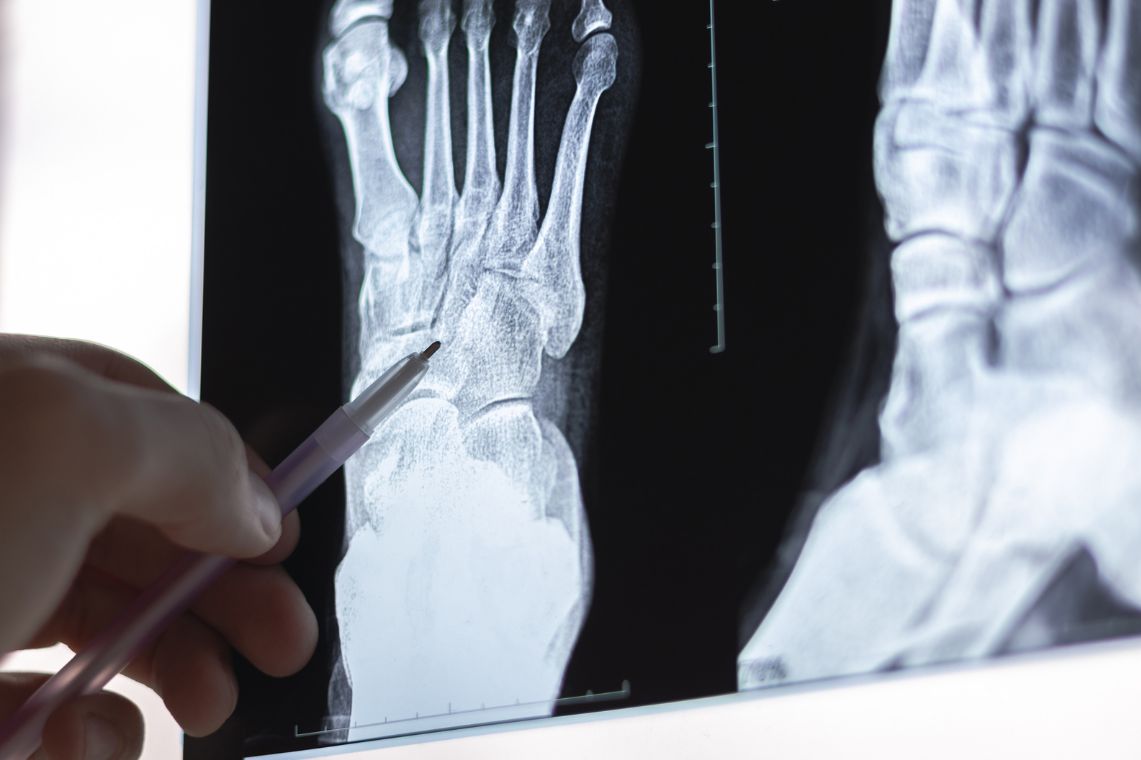
What You Need to Know
Cerebral palsy can cause several problems with the feet, which can ultimately interfere with the child’s mobility. Common foot deformities include:
Supportive Solutions for Better Movement
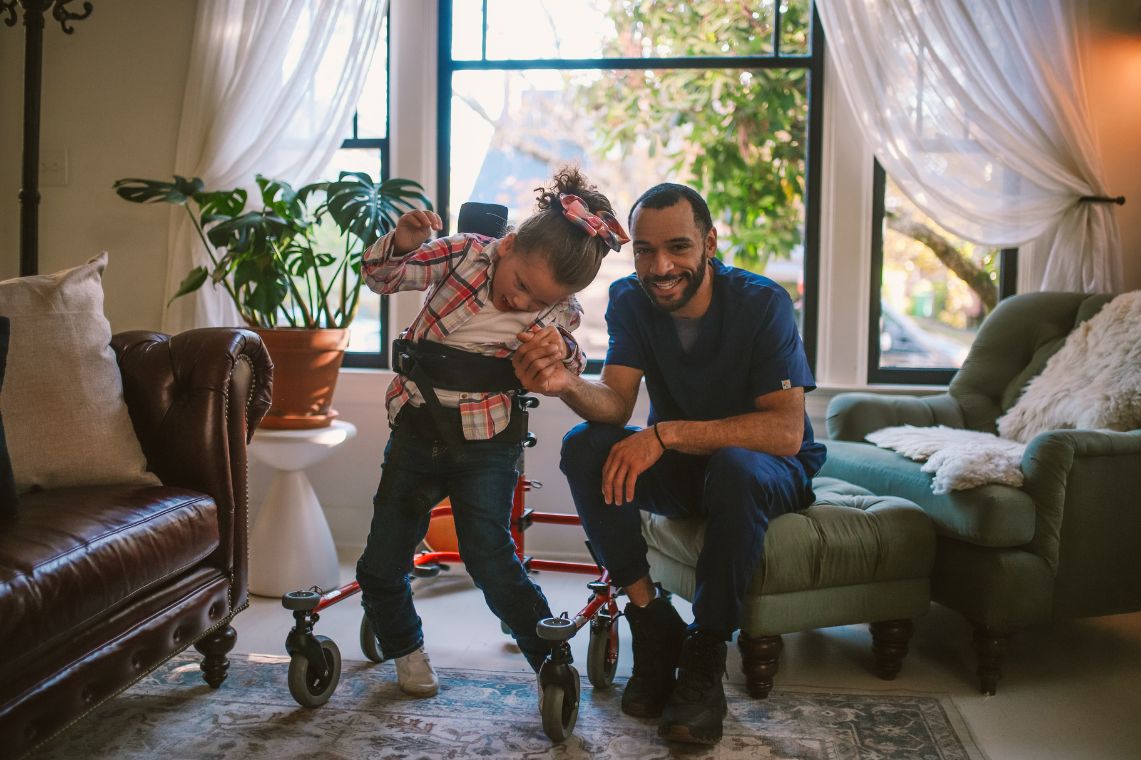
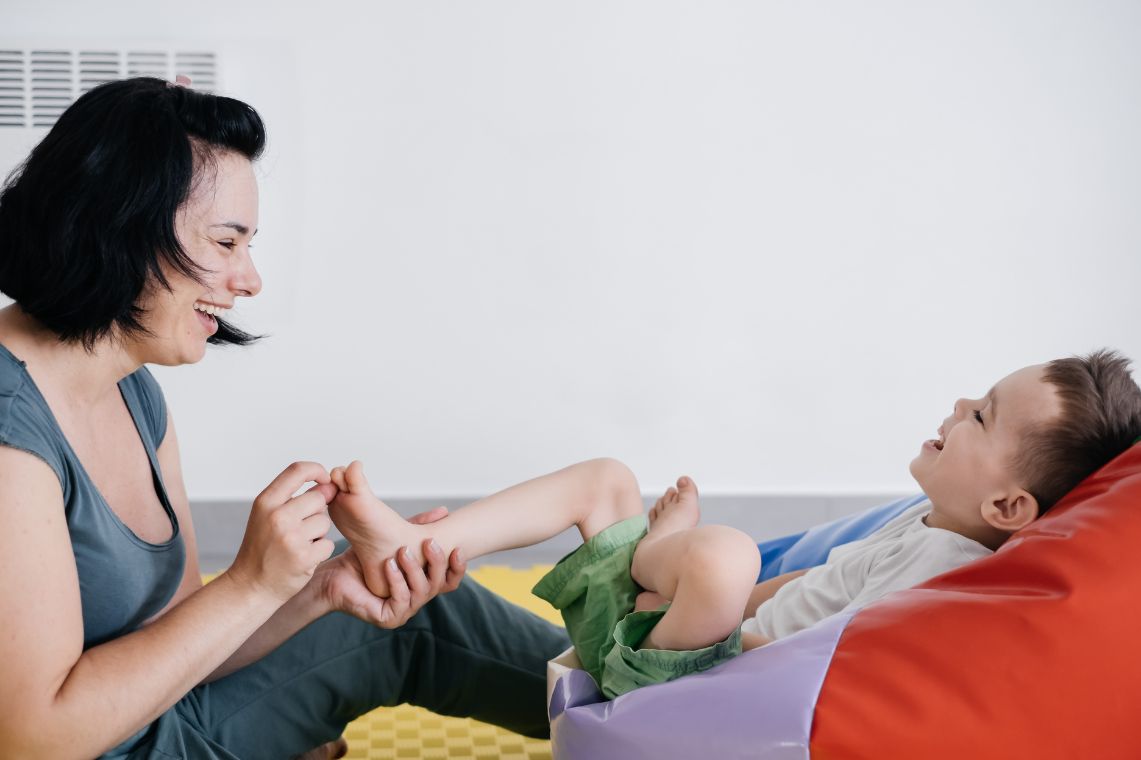
How We Can Help
As with all neuromuscular conditions, physical therapy is a critical component in the treatment of related orthopaedic problems. For flat feet, physical therapists work with the child to keep the flat foot flexible. Orthotic shoe inserts may also be helpful. Physical therapy can also be helpful in children who are toe walking, to help stretch out the muscles at the back of the leg.
Bracing and casting may also be used to help correct deformities with the feet and ankles; often, a combination of physical therapy, bracing, and casting is needed to achieve desired results. Casting can be particularly effective with clubfoot, using a technique where the foot is gently stretched into position, then held in place with a cast. Children will go through a series of casts over several weeks until the positioning of the foot is improved. Bracing may then be used to ensure the clubfoot does not recur.
Advanced Interventions
Surgery may be considered if the foot deformity persists even with extensive nonsurgical treatment. Dr. Bland typically tries to wait until patients are older to perform surgery, and will try to group necessary surgical procedures together when possible to reduce the recovery time needed for the child.
For flat feet, surgery may involve lengthening the tendons and constructing an arch in the foot. In some cases, an osteotomy may also be needed to achieve the desired results. An osteotomy involves cutting the bones to rearrange them in a more correct position, then holding the bones in place with devices like pins, plates, and screws.
Surgery for toe walking typically involves lengthening or releasing the Achilles tendon. This will relieve some of the tightness at the ankle, allowing for greater flexibility.
Surgery for clubfoot may also involve releasing the Achilles tendon, as well as any other soft tissues in the foot that may be contributing to the deformity. In some cases, tendons may also be transferred to a different location in the joint to improve balance in the forces pulling at the joint. In more severe cases, osteotomy or joint fusion may be needed to achieve desirable results.
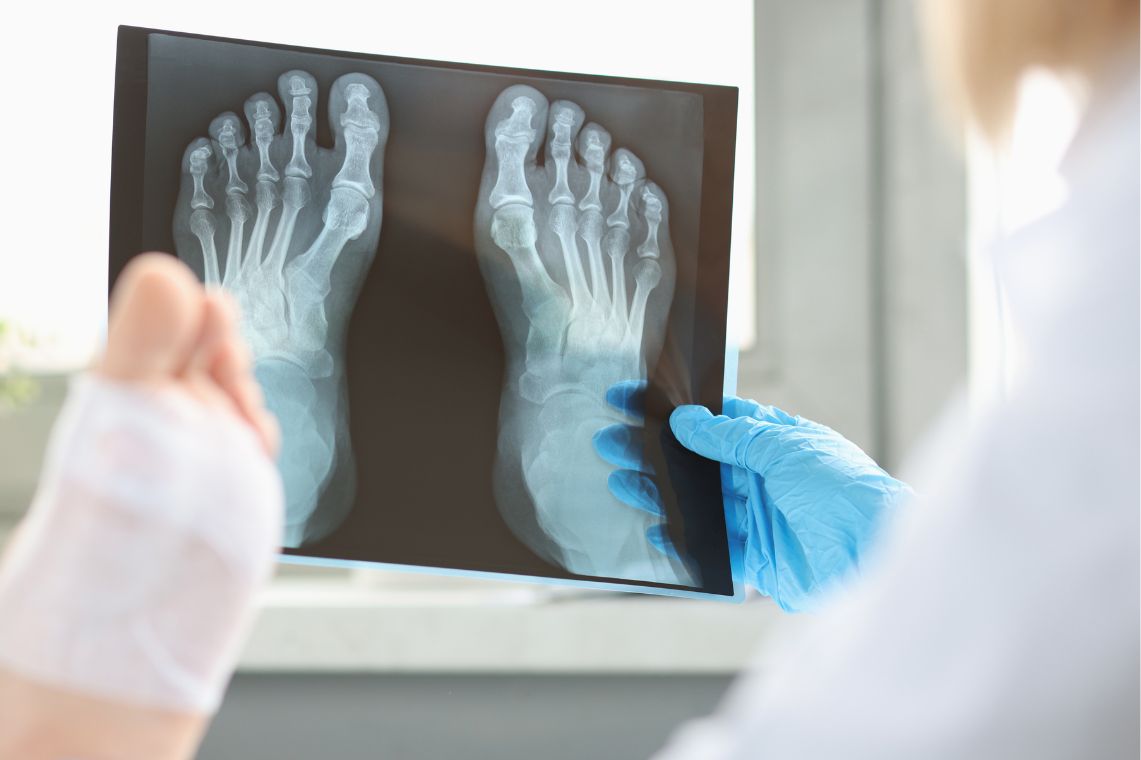
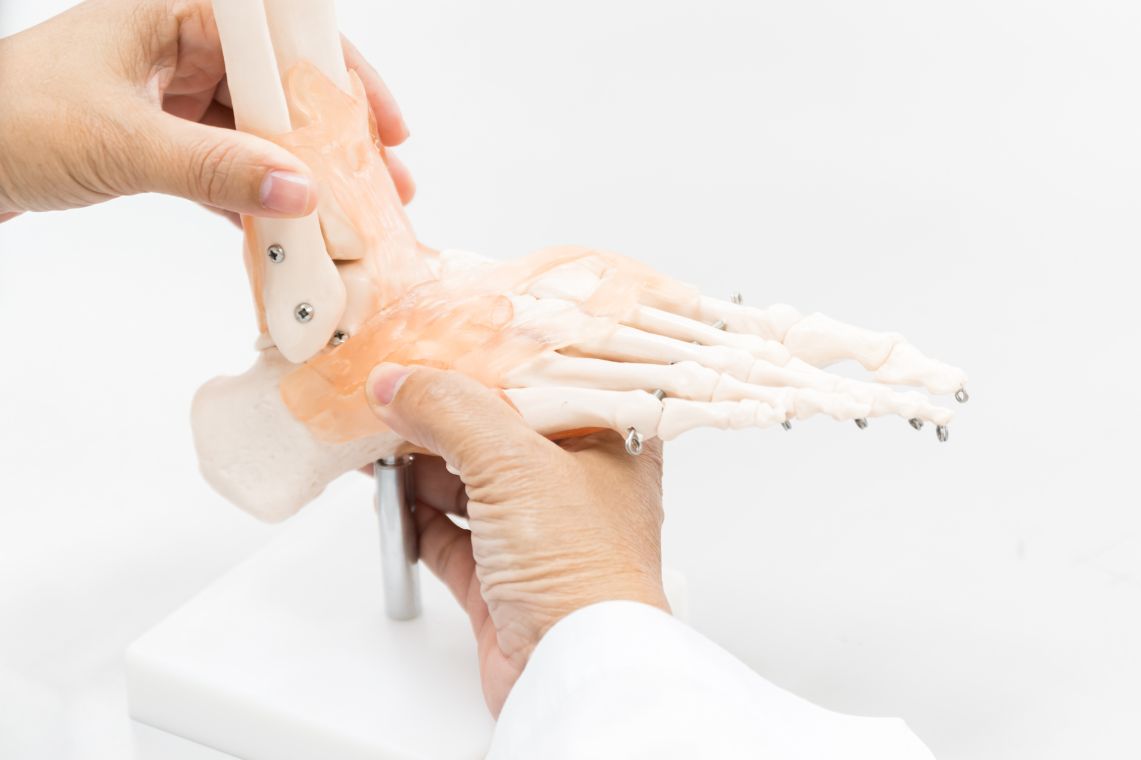

Board Certified Orthopaedic Surgeon
Specialized Pediatric Orthopaedic Care